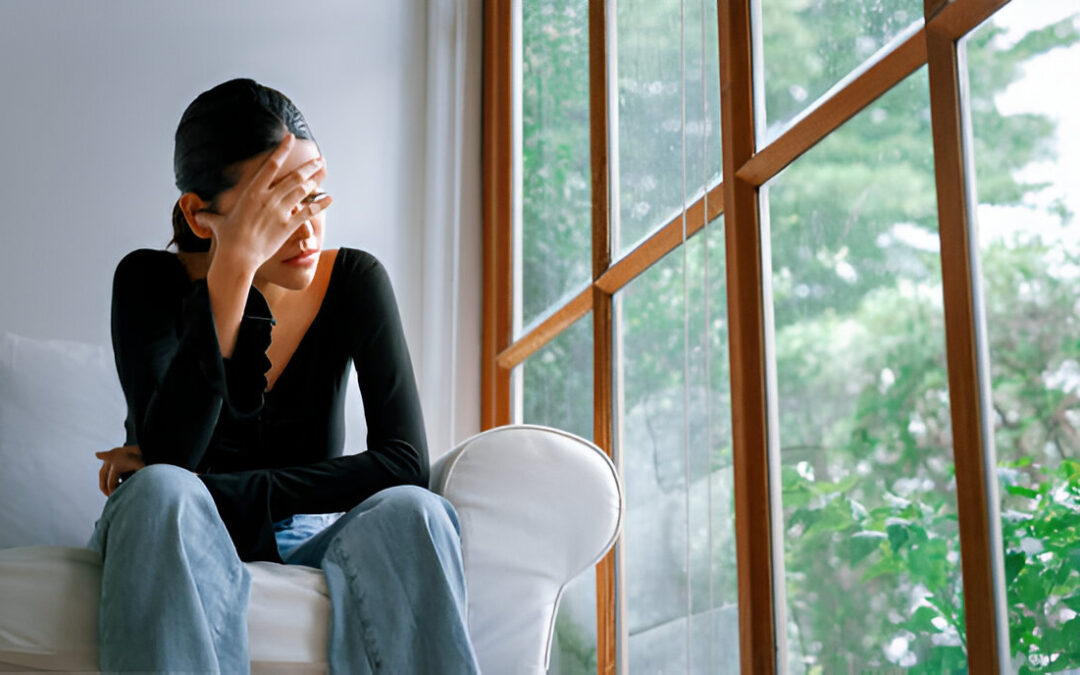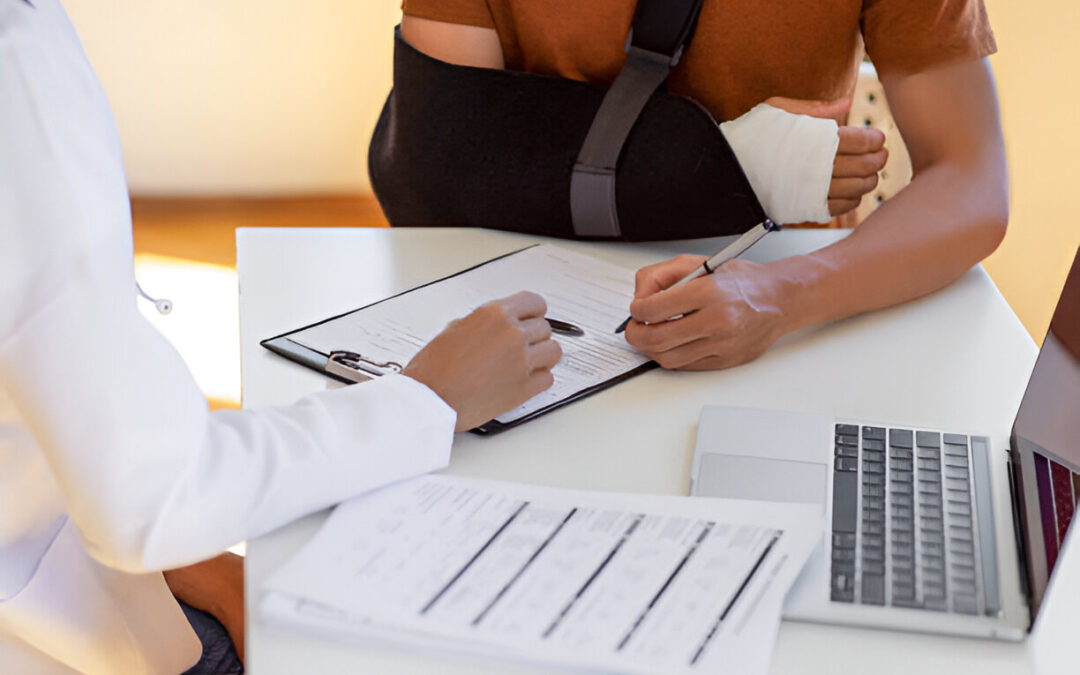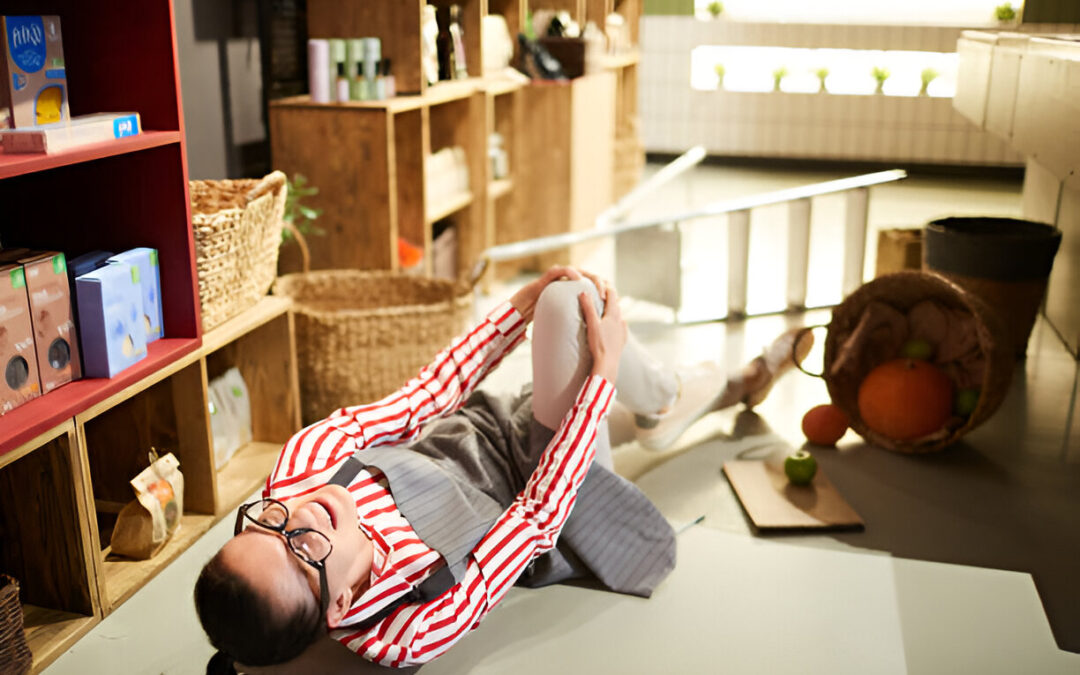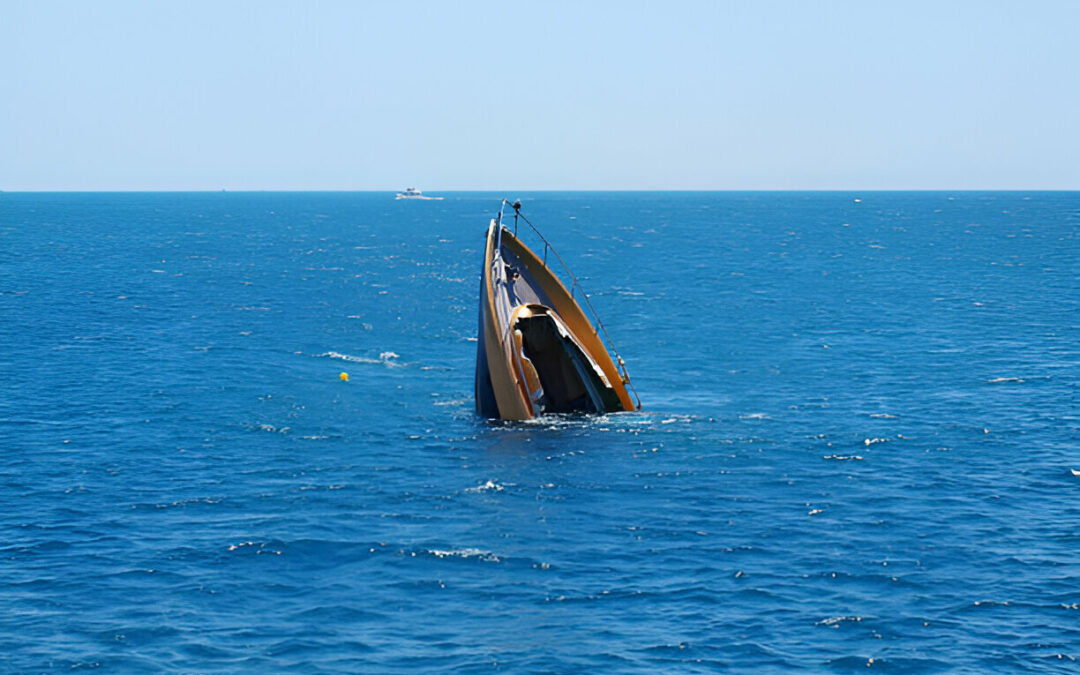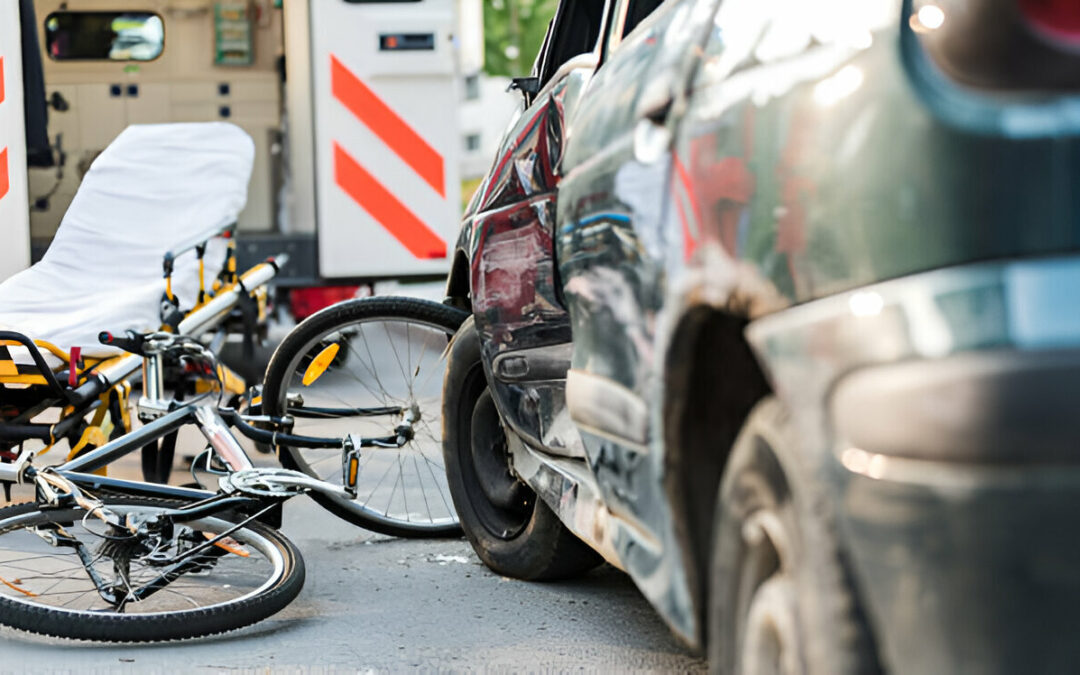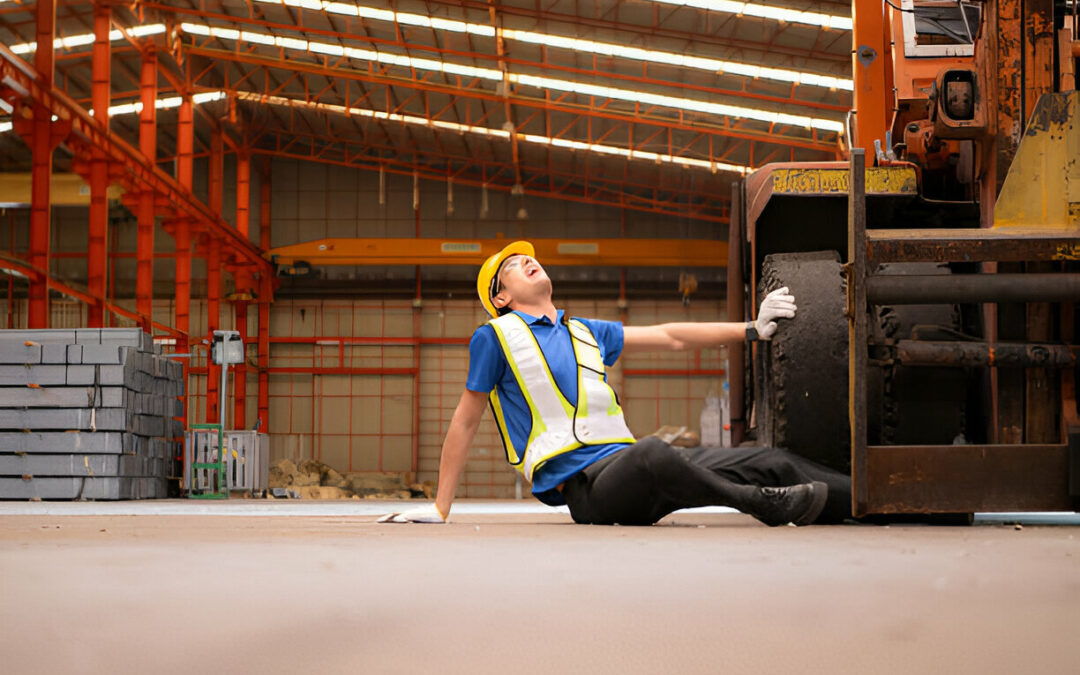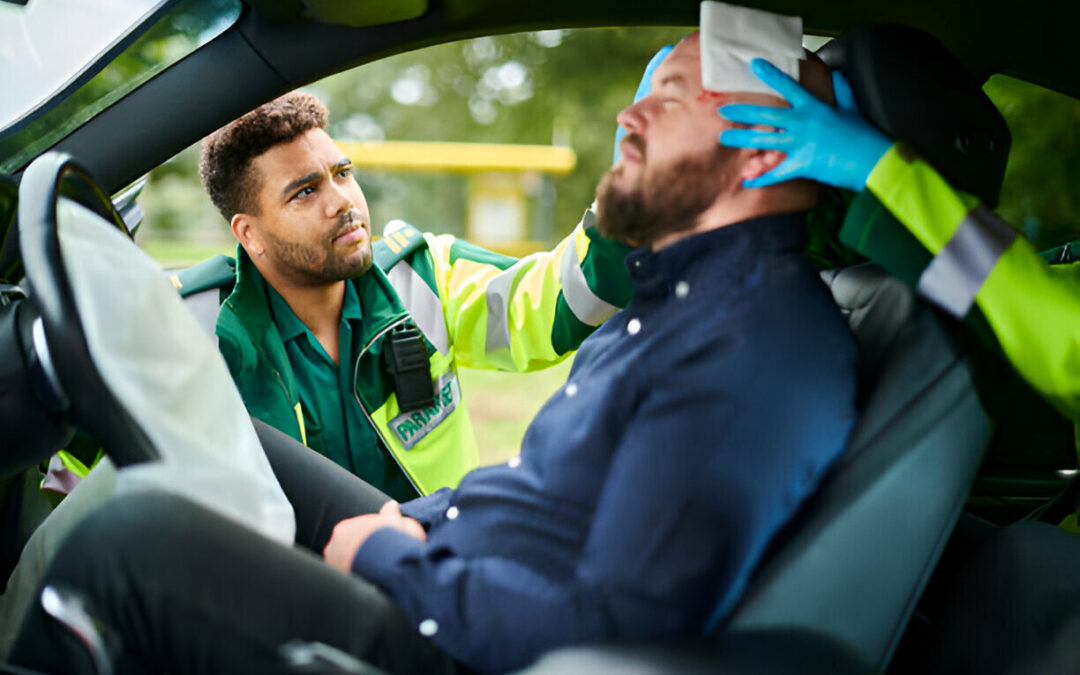You’re walking through a grocery store, and suddenly, your feet fly out from under you. You hit the ground hard. Pain shoots up your back. The floor was freshly mopped, but there was no warning sign. Now you’re hurt, maybe even facing medical bills or time off work. This kind of accident raises a big legal question: Whose responsibility is it? Many people hear the term “premises liability” and think it’s just lawyer talk. That’s a legal rule that says property owners must keep their spaces safe. If they don’t fix something dangerous or at least warn people about it, they can be held responsible when someone gets hurt.
People often think a slip and fall case is something completely different. In truth, a slip and fall is just one type of premises liability case. Understanding the difference can help you take the right steps if you’re ever injured on someone else’s property.
What is a Premises Liability Case?
A premises liability case happens when someone gets hurt because of unsafe conditions on someone else’s property. It could be a cracked sidewalk, poor lighting in a stairwell, or even loose carpeting in a hallway.
In simple terms, if you get hurt because the property owner didn’t fix or warn you about a dangerous condition, you may have a valid case.
Premises liability applies to many situations, not just slip and falls. It could involve falling objects, dog bites, faulty handrails, or even criminal attacks that happen due to poor security. The key factor is this: the injury must be caused by a preventable hazard that the property owner failed to fix or warn you about.
But it’s not automatic. Just getting injured on someone’s property doesn’t mean they’re liable. You have to prove that the owner was negligent in their care of the property.
According to the National Safety Council (NSC), falls are one of the leading causes of nonfatal, preventable injuries in the U.S., sending people to emergency rooms each year. While not all of these falls result in a legal claim, many do involve unsafe conditions on someone’s property—exactly what premises liability laws are designed to address.
Also, the CDC reports that over 800,000 people a year are hospitalized due to fall-related injuries, including hip fractures and head trauma. These aren’t minor bumps and bruises—these are life-changing injuries that can bring major medical bills and lost income.
What are the Consequences of Slip and Fall?
Slip and fall accidents can sound minor until you experience one yourself.
These accidents often cause real, long-lasting injuries. We’re talking about broken bones, spinal injuries, concussions, and sometimes even permanent disability. Older adults are especially vulnerable, but anyone can be seriously hurt in a fall.
Here are a few common outcomes we see in slip-and-fall cases:
- Medical bills: ER visits, X-rays, physical therapy, or even surgery
- Lost wages: Time off work, job loss, or reduced earning capacity
- Chronic pain: Back, knee, or hip injuries that linger for years
- Mental stress: Anxiety, PTSD, or depression after a traumatic fall
Slip-and-fall accidents can disrupt every part of your life—physically, financially, and emotionally. That’s why they’re treated seriously under the law.
Common Examples of Premises Liability Cases
You might be surprised at how many everyday situations can fall under the umbrella of premises liability. Here are a few examples we see often:
- Slip and fall: Wet floors, icy sidewalks, spilled liquids with no signage
- Trip and fall: Uneven pavement, exposed wires, broken tiles
- Inadequate lighting: Stairwells or parking lots where poor visibility causes an accident
- Negligent security: Assaults that happen because of broken locks or lack of security staff
- Falling objects: Items falling from high shelves at stores
- Unsafe structures: Broken railings, loose steps, or unstable balconies
- Swimming pool accidents: Unfenced pools or slippery pool decks
Each of these situations involves different types of hazards, but they all come down to the same core question: Did the property owner fail to take reasonable steps to prevent harm?
How to Prove Negligence in Premises Liability Cases
You need more than just an injury to win a premises liability case. You need to show that the property owner was negligent, and that their negligence led directly to your injury.
- Establishing the Property Owner’s Duty of Care
This is the foundation of your case. You first need to show that the person responsible for the property had a legal obligation to keep the premises safe.
The duty of care varies depending on why you were on the property. In general:
- Invitees (like customers in a store or clients in an office) are owed the highest level of care. Property owners must regularly inspect and maintain the premises and warn of any dangers.
- Licensees (such as social guests) are owed a moderate duty. The owner must warn them about known risks but may not need to inspect constantly.
- Trespassers are generally owed little or no duty—unless they are children. Under the “attractive nuisance doctrine,” owners may be liable if something dangerous (like a pool or construction site) draws a child onto the property.
In a premises liability case, identifying your status—customer, tenant, guest, worker—can influence whether the court believes the owner owed you a duty.
If you’re shopping in a store and fall because of a loose floor tile, the store likely owed you a duty to keep walkways safe. If you’re delivering food and slip on an icy porch, the homeowner might still be responsible, because they should have cleared the ice.
- Showing That the Owner Knew (or Should Have Known) About the Hazard
Next comes one of the trickiest parts of any premises liability case—proving that the hazard existed long enough that the property owner either knew about it or should have known.
There are two kinds of notice the law considers:
- Actual notice – The owner or employees were directly aware of the hazard.
- Constructive notice – The hazard existed long enough that a reasonable person would have discovered it through regular checks.
This is often where legal arguments get intense. Property owners may claim they didn’t know something was wrong. But you can use the facts and circumstances to show they were still at fault.
Here are a few examples of how that plays out:
- A customer in a supermarket slips on a spilled drink. Security footage shows the spill had been there for 40 minutes—and no staff cleaned it or put up a warning sign.
- A tenant trips over a broken stair that had been reported multiple times. Emails and maintenance requests show the landlord ignored it.
- A hotel guest is assaulted in a dimly lit parking lot with no security cameras, even after previous crimes occurred in the same area.
Courts look at what a “reasonably careful property owner” would have done. If regular inspections weren’t happening, or if complaints were ignored, that strengthens your case.
- Connecting the Hazard to Your Injury Through Evidence
Finally, you must clearly link the dangerous condition to your specific injury. This step is critical.
It’s not enough to say, “I fell, and it happened there.” You need to show that:
- The dangerous condition existed,
- It directly caused your fall (or other accident),
- And the injuries you sustained were a result of that event.
Here’s what can help prove that connection:
- Photos or video of the hazard right after the incident
- Incident reports filed with the property owner or business
- Medical records showing the type of injury and when it occurred
- Eyewitness statements from people who saw the fall or the condition
- Surveillance footage, if available, showing the hazard or the incident
- Timeline records proving how long the danger existed (such as timestamps on video or logs from employees)
Let’s say you broke your wrist after slipping on a stairway with no handrail. If you have pictures showing the missing handrail, medical records showing a fracture, and a witness who saw you fall, it creates a strong causal chain that ties everything together.
Always report the incident to the property owner or manager right away, seek medical care as soon as possible, and document everything while it’s fresh.
Speak with an Experienced Premises Liability Attorney Today
If you’re injured on someone else’s property, you don’t have to go through it alone. Premises liability cases can be hard to prove without legal help. Property owners often have insurance companies and lawyers working to protect them. That’s why having a premises liability attorney on your side makes a real difference.
An experienced attorney can:
- Investigate the scene and gather strong evidence
- Handle communication with insurance companies
- File your claim within the proper legal timeline
- Help calculate fair compensation for your injuries, lost income, and pain
- Negotiate or litigate aggressively on your behalf
At Pacin Levine, P.A., we’ve helped hundreds of clients stand up to negligent property owners and fight for the compensation they deserve. Call Pacin Levine, P.A., today at 1-800-24-7-CRASH for a free consultation.




